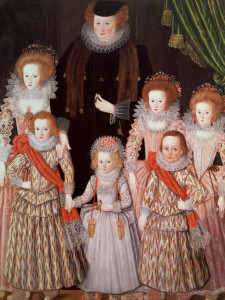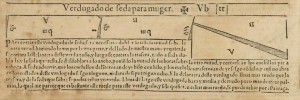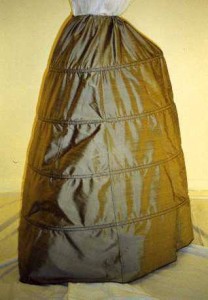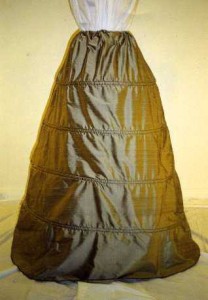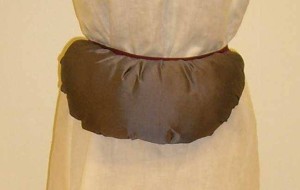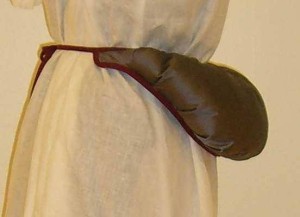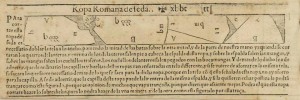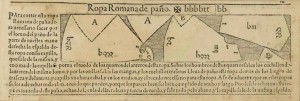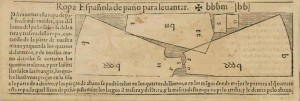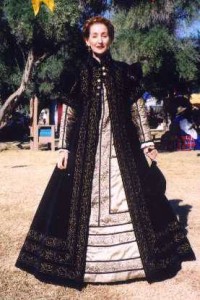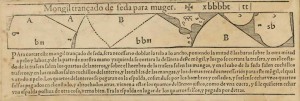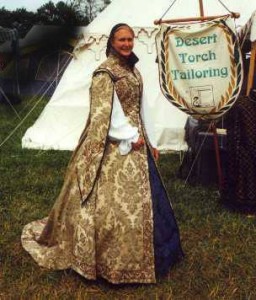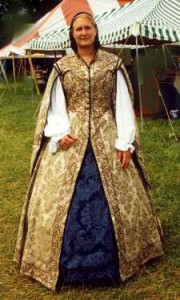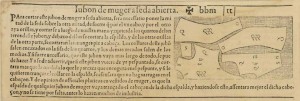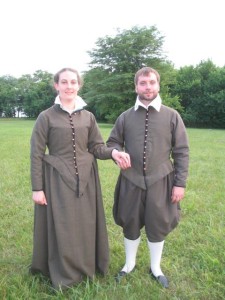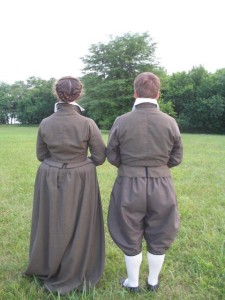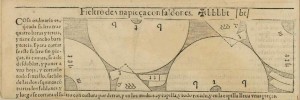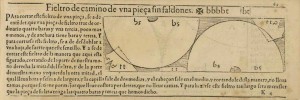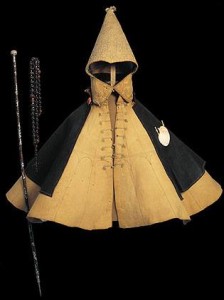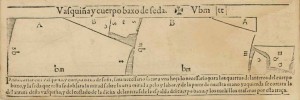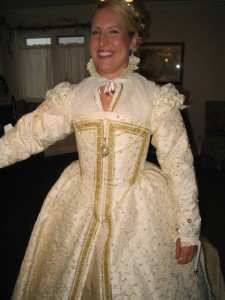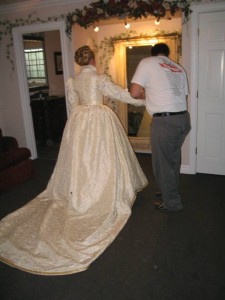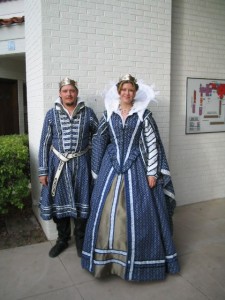The Mystery of the Tronoy Needles
or “What happens when you take the blue research pill and find out just how far the rabbithole goes.”
 In transcribing Queen Elizabeth’s Wardrobe Accounts (I’m currently up to 1592…10 years to go!), I come across obscure terms that went out of common usage centuries ago. Some of these mystery words are fairly easy to discover. I have my go-to books for identifying Pewke, Pampilion, Peropus, Philoselle, or Paragon: Queen Elizabeth’s Wardrobe Unlock’d is first, given that it covers the same types of documents that I’m working on, and I usually have some success with it, or with the books referenced by it in footnotes.
In transcribing Queen Elizabeth’s Wardrobe Accounts (I’m currently up to 1592…10 years to go!), I come across obscure terms that went out of common usage centuries ago. Some of these mystery words are fairly easy to discover. I have my go-to books for identifying Pewke, Pampilion, Peropus, Philoselle, or Paragon: Queen Elizabeth’s Wardrobe Unlock’d is first, given that it covers the same types of documents that I’m working on, and I usually have some success with it, or with the books referenced by it in footnotes.
If I have no luck, my next stop is usually the section on Fabrics in Costume in the Drama of Shakespeare and his Contemporaries and Stuart Press’s Textiles of the Common Man and Woman.
If I still come up empty, my next stop to roll up my sleeves and do a general Google Books search of the term. Progresses and Processions of Queen Elizabeth is now online and searchable there, as are Documents Pertaining to the Revels in the Time of Queen Elizabeth and several other obscure books on 16th century documents.
Using the odd spellings in the original manuscripts, combined with restricting Google Books search results to the 19th century, can turn up some real gems; Google Books has made once-obscure Victorian Journals like Archaeologia Cambrensis, Journal of the Yorkshire Archaeological Society and The Gentleman’s Magazine not only available, but searchable. The Victorians loved their historical documents, and loved to transcribe bits of old manuscripts and make them available to “modern” readers, sandwiched between interminable geneaological expositions and careful drawings of rural priory ruins.
Google Books is also good at introducing me to obscure books I’d never have thought to look at for sources; The Walloons and their Church, for example, is hands-down the best source on varieties and names of late 16th and early 17th New Draperies made in Norwich available.
If even Google comes up dry, I then search post-period sources for fabric names and try to trace them back from there.Textiles in America 1650-1870 is a good source, as are 1700 Tals-Textil and A Lady of Fashion: Barbara Johnson’s Album of Styles and Fabrics, two facimiles of 18th century manuscripts containing swatches of fabric and descriptions of them.
Sometimes, however, I come across a term which is obstinately, obdurately opaque. Like…
Tronoy Needles. (more…)
